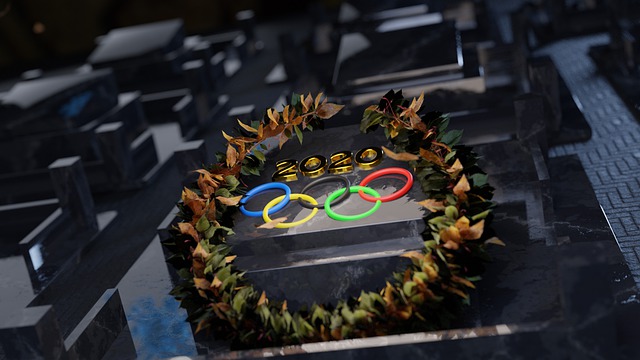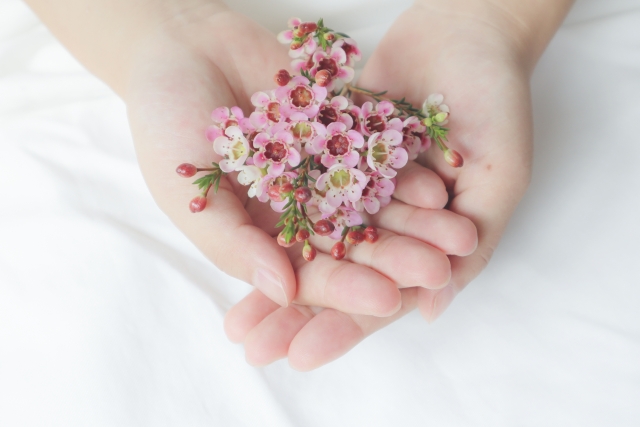From Research and Testing Room Vol.11
-
The spring has come according to the calendar
-
Hello again, this is Kita from Classic’s Research and Testing Room.
This year‘s Setsubun (the last day of winter) was February 2nd for the first time in 124 years. Naturally, the first day of spring, Risshun, becomes February 3rd for the first time in 124 years as well! (The spring has long been starting on February 4th until this year…!)
Anyways, according to the Japanese calendar, we have officially welcomed the first day of spring. Now we see the day is longer than a month ago, but the weather is still shivering cold! Why? That Risshun is merely the midpoint of a period between Toji(Winter Solstice) and Shunbun(Equinox), which is calculated from the solar motion. So obviously, it does not consider the turnings of seasons we actually feel with our senses.
Thus, the cold weather continues after Risshun. I personally do not like cold weather, but I don’t hate it especially when I am stomping on the frost columns like a child or enjoying the hot pot dish called Mizutaki with Shochu mixed with hot water.
-
-
-
The winter is still here and so as…
-
-
Coronavirus. The government has extended the state of emergency for 6 prefectures, and that includes Tokyo and Chiba where our offices are located. We are being and will continue to be very careful to do any of our daily activities, whether work or play.
Very honestly, I just want to scream and say “give me a break!” but that would do no good… All I can do is to continue to refrain from nonessential outings as well as to practice hygiene measures such as handwashing and wearing a mask to prevent infections.
-
Photosynthesis and our lives
Many of the flowers we import comes from the farms that are located at a high altitude near the equator.
Those places has the spring-like year-round climate as well as a large temperature gap between day and night. Under this kind of environment, nourishment created from the photosynthesis slowly spread throughout the plant body during the night.
It is debatable if the word “photosynthesis” is best to use to explain what I am about to explain here, but let’s say it is…
“Source” is a part where plants manufactures their needed nutrients such as glucose through the process of photosynthesis. The source organs are often leaves, but it can be different depending on the plants.
Then plants store and use those nutrients in organs called “sink.” The major examples of sink organs are fruits and seeds. Our products, flowers, are also sink.
I wrote that leaves are source, but fresh young leaves coming out from the top of the branch consume energy just like flowers instead of producing some. Therefore, young leaves are sink, and when leaves are fresh and young, they are generally prone to physical and chemical damages.
Young or not, they are leaves. It is interesting how they are like us humans— as they grow older they take different roles. When we are young, we consume praise and encouragement as nutrients and once we have become a grown-up, we start to produce those components that gives others energy and nourishments…just like those leaves!
When sink(consumption) and source(production) are in balance, plants are healthy and strong. Those plants are also good in quality as well as yield—it sounds like the way of our life—if we are able to fulfill multiple roles in a well-balanced manner, things will turn up for us too.
Nature is bottomless, indeed. Maybe humans and businesses are all controlled by natural providence.
-
-
-
Protection against virus and bacteria
-
-
Hygiene management helps us lower the risks of virus and bacterial infection and the same goes for flowers. As one of the most-respected Doctor of Agriculture told us before, “good growing environment for flowers is summed up to the proper management of hygiene.”
Flowers can get sick from virus and bacteria just like us humans, so we need to keep them or their surrounding environment clean. The logic is simple, but here is a question for you:
“How do you wash your flower vase?”
Some may not wash at all and just rinse inside with water, while others may wash it with dish soap… so, what is the correct answer?
Water in the flower vase is a home for various types of germs. They damage the stem and leaves and/or clog the vessels, then eventually shorten the flowers’ vase life. That being said, washing and disinfecting the flower vase is very important if you want to enjoy the beauty of flowers for a longer period of time.
What I do is to rinse the vase with hypochlorous acid solution. This chemical is commonly found in the kitchen bleaching agents. Alcohol-based antibacterial cleaners are also good. (Use them with your own responsibility and please make sure to follow the instructions of the chemicals you are using)
By the way, in addition to disinfecting the vase with those solutions, you can also put one or two drops of bleaching liquid in the flower vase water can kill those germs in the water.
Washing the flower vase can be a pain, but this annoying process is worth trying to give your flowers healthier and longer life!
-
Sales Activities in the New Normal Era
-
Flower industry tends to value “regular customers.” Meanwhile, in this New Normal era, it’s important to find and connect to new customers—especially those who have never bought flowers before.
I have already said the same thing before in this blog, but we need to make sure to provide great experience with flowers to those first-timers!
That one stem in millions of stems we handle is THE stem for our customers. For importers or producers like us, one bad stem seems to be only a very small problem, but for customers the same one stem may be everything they get for that occasion.
Some regular customers may kindly understand the situation and say “we get unlucky this time,” but we should not allow or forget such one bad stem.
We must always remember that and cannot be too careful especially when we handle and deliver a large quantity at a peak season.
-
-
Seemingly insane ideas
-
-
This is off the topic, but as I was watching TV the other day, a media was reporting a story of a sake brewery who has collaborated with an audio company. To make good sake, they play music to their sake casks.
I’ve heard about some wine breweries use music to brew wine, but I guess the trend is in the direction among alcohol breweries
Wait a sec, so music makes us relax and also works for naturally fermented alcohol beverages. If what is good for humans is good for flowers as well, then I wonder if playing music to flowers may have a positive effect on flowers.
Hmmm…since we are “Classic Japan,” maybe we can play classical music to flowers to add value to our customers? It sounds absurd, but those seemingly insane ideas may lead to the great invention or innovation…right, Prof. Einstein?
Anyways, now I am planning to develop the idea further and someday secretly do an experiment on this…
-
Roses made in China with Netherland technology
-
Many of my recent works at research and testing room are related to testing/evaluating roses.
Among them, let me talk about roses that are made in Kunming, China by Van den Berg Roses.
We know that many of Japanese customers and end-users would be asking, “What do roses from China have to offer us?”
Well, we think that they are competitive in many aspects, and especially those that are produced with Dutch technology. They sure know what they are doing!
It’s our foremost mission to provide stable supply of flowers to meet our customers’ demand, even in the midst of COVID-19 pandemic where the international flights are limited and each country’s risk can change dramatically anytime. Especially in a time like this, we must diversify the source of supplies as an import company.
Of course we must stick to our quality standard at all times, so we will continue to be very careful to select our suppliers, varieties and such.
Anyways, I highly recommend roses from Van den Berg China!
-
Valentines’ Day and #Class-chic Life with Flowers
-
Now we are going into the Valentine’s season! This year, the department stores seem to reduce the size of Valentine’s special booth… Usually around this time of year in Japan, the place is flooded with chocolates and people.
Since more people are working from home and avoid direct contacts from each other, I guess there are less people who are giving out courtesy chocolates as well.
If you want to send a sincere message or real love on this Valentine’s Day without seeing the person you care about, then sending flowers may be your best choice! Or, if you are celebrating this day at home, then decorate your house with flowers…
We hope that flowers will give you and your loved one a special, quality time.




